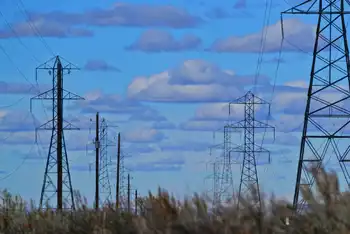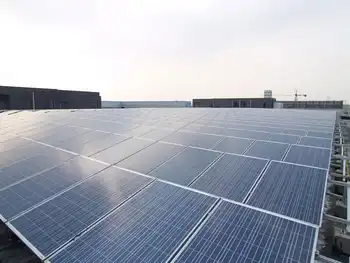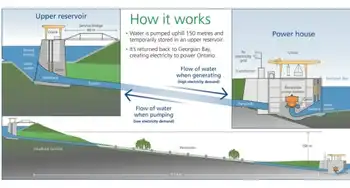EU, Kyoto carbon link to cut climate costs
By Reuters
CSA Z462 Arc Flash Training - Electrical Safety Essentials
Our customized live online or in‑person group training can be delivered to your staff at your location.

- Live Online
- 6 hours Instructor-led
- Group Training Available
The Kyoto and EU schemes form the hub of a global carbon market expected to exceed $100 billion in trades this year.
The long-awaited link will cut the cost for European industry to comply with an ambitious EU climate program, which some industry groups want watered down after growing signs of imminent recession.
"It's up and running," a press officer for the EU's Environment Commissioner said. "Transactions are taking place and everything seems to be fine," she added of the trading link which has suffered more than a year of technical delays.
The linked schemes allow European industry participating in the EU's Emissions Trading Scheme (EU ETS) to import cheaper offsets generated from investing in clean energy projects, in countries such as China and India under Kyoto.
Market participants had been nervous that the absence of a functional link would cause sellers to default on futures contracts for December delivery, the only means of EU trade in CER offsets until now.
"In some ways it's a collective sigh of relief," said Trevor Sikorski of Barclays Capital.
That boost to the global carbon market, plus vows of climate commitment from EU leaders this week, has been overshadowed by a plummeting oil price — which has dragged down carbon prices in developing countries and threatens to dent profits.
Kyoto's clean development mechanism (CDM) has also suffered a long-term bottleneck in U.N. project approvals.
The United Nations climate change secretariat has issued only 196.8 million tonnes of Kyoto offsets to date, called Certified Emissions Reductions (CERs), while analysts forecast global demand of around 2.4 billion by the end of 2012.
That bottleneck has led project developers to cut repeatedly their projected CER deliveries, and the long-awaited market link would boost cash-raising through CER sales.
"The implementation of the CITL-ITL connection will further enhance the underlying value of our portfolio," said Neil Eckert, Chairman of Trading Emissions PLC (TEP). TEP in April lent 1.5 million euros to project developers Carbon Capital Markets, in which it has a 40 percent stake, to tide them over a cash crunch.
Kyoto CERs trade at a discount to EU emissions permits and that spread may now narrow in the near-term, after Thursday's news lowered CER delivery risk.
But the spread will widen again as the bottleneck eases, to 10 euros in 2010 from 3 euros now, said analysts Point Carbon.
"The spread could widen even further beyond 2010, potentially with separate prices for "high-quality" CERs," Point Carbon added, referring to a preference from some regulators for a narrower choice of emissions-cutting CDM projects.
Analysts also said spot EUA prices may hold in the near term, since supply remains limited.
EU governments have been reluctant to distribute EUAs to industry ahead of the ITL-CITL connection. As a result, only around a quarter of the 2.08 billion permits expected in the market this year have been issued.











